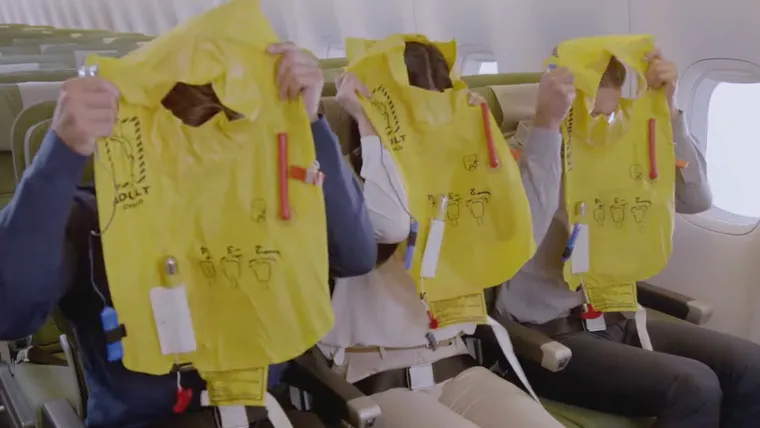Qantas is the latest airline to experience a cybersecurity incident after Hawaiian Airlines in late June and WestJet in mid-June, and strong cybersecurity warnings are being issued for the rest of the aviation industry given that sector-by-sector attack tactics are increasingly common in these breaches.
Lateral attacks — using passwords and system credentials gleaned from a successful attack to then penetrate customers, clients and partners — are a key element of these groups’ tactics. That means that everyone across aviation, including companies throughout the complicated web of the airline supply chain, need to be aware of the risks and take strong precautions.
Any business is at risk, but the aviation industry’s combination of legacy systems, global supply chain, frequently travelling executives, supplier/customer systems, recent history of outsourcing, and the trend towards cloud operations all make it especially vulnerable.
No company wants to be known as the next vector through which their customer, client, partner or supplier gets hit.
Read more below, and listen to the 40,000 Feet podcast episode that dives even deeper
The night before the news broke about the Qantas attack Alex Scroxton, Security Editor at Computer Weekly, who has been tracking the groups involved with attacks like these.
This is a time of major cybersecurity risk for the industry, so we’ve made the Subscribers version of that episode available free to listen for everyone as a public service. Please, share it with your network within (and outside) aviation.
For our Pro-tier subscribers, there’s also an extended edition of the episode already in your podcast app, which you can set up on your Pro podcasts page.
This is the time to tighten your security practices if you — or, crucially, the systems of your suppliers, customers, and partners:
- have a high proportion of colleagues who are often on the road or work from multiple locations, including remotely
- use third-party consultancy services to implement key IT work
- outsource back-of-house business areas, including IT, HR and benefits
- send or receive information and data — using online supplier portals, reporting platforms, or other online systems — to your customers or partners
- use software-as-a-service (SaaS) systems, cloud computing and storage, such as Microsoft Azure, Amazon EC2, or Google Cloud,
- contract with aviation-specific integrators that whitelabel those products


